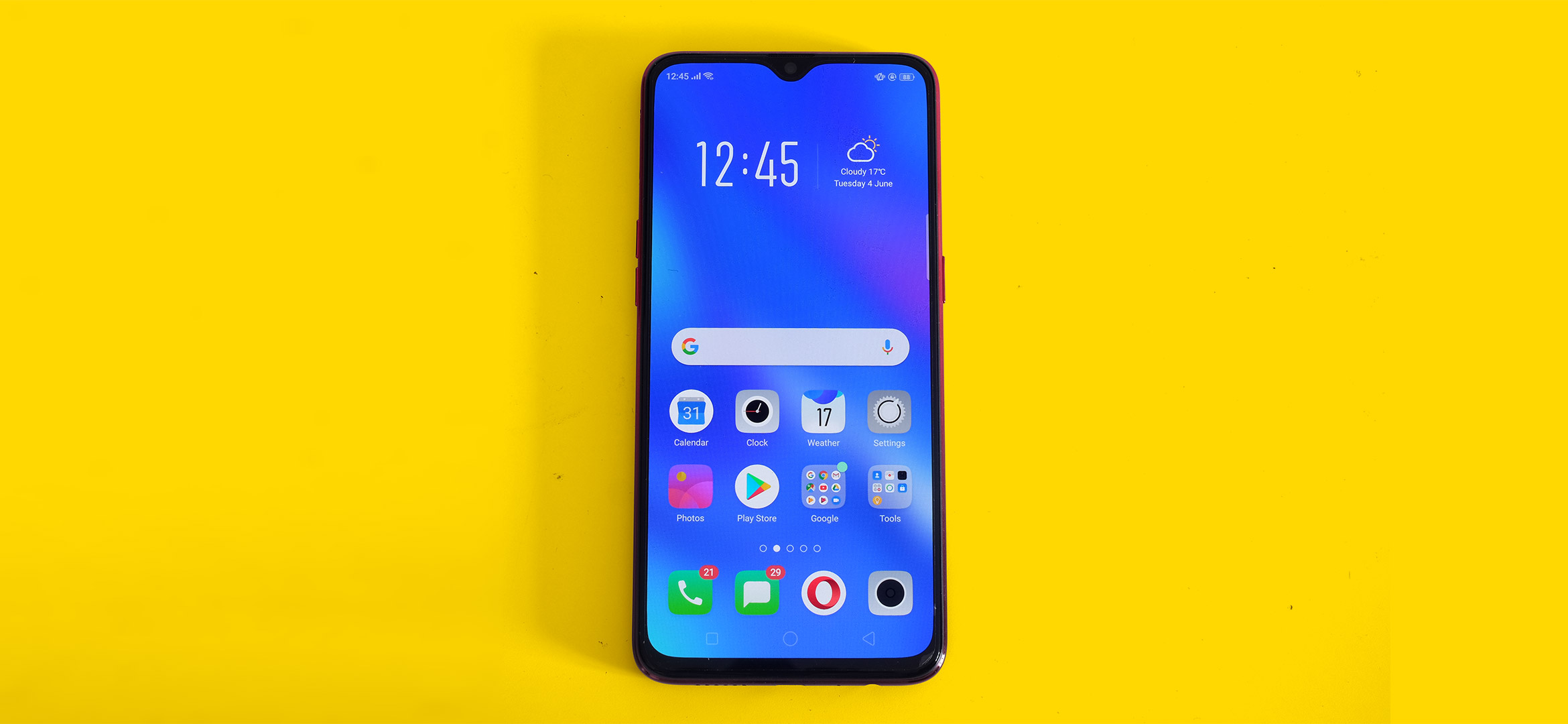Why you can trust TechRadar
Battery life
- 3,600mAh battery
- Great stamina
- Slow, micro USB charging
The Oppo RX17 Neo has a 3,600mAh battery. This does not sound huge when numerous phones break through 4,000mAh, but stamina is perhaps our favorite part of the phone.
It seems to last for an absolute age. On one day of testing it still had upwards of 40% charge left by 11pm, after spending a couple of hours tethering its mobile internet connection to a laptop earlier on.
We know a phone has great battery life when we end up neglecting to charge it overnight because, well, it will last well enough into the second day even with 30% or less left.
This is supported by our standard video test too, where we play a 90-minute video at maximum brightness. The Oppo RX17 Neo loses just 12% of its battery, or 8% in Power Saving mode, a great result and a class-leading one at the price.
There are issues with the battery side, though. Fairly significant ones.
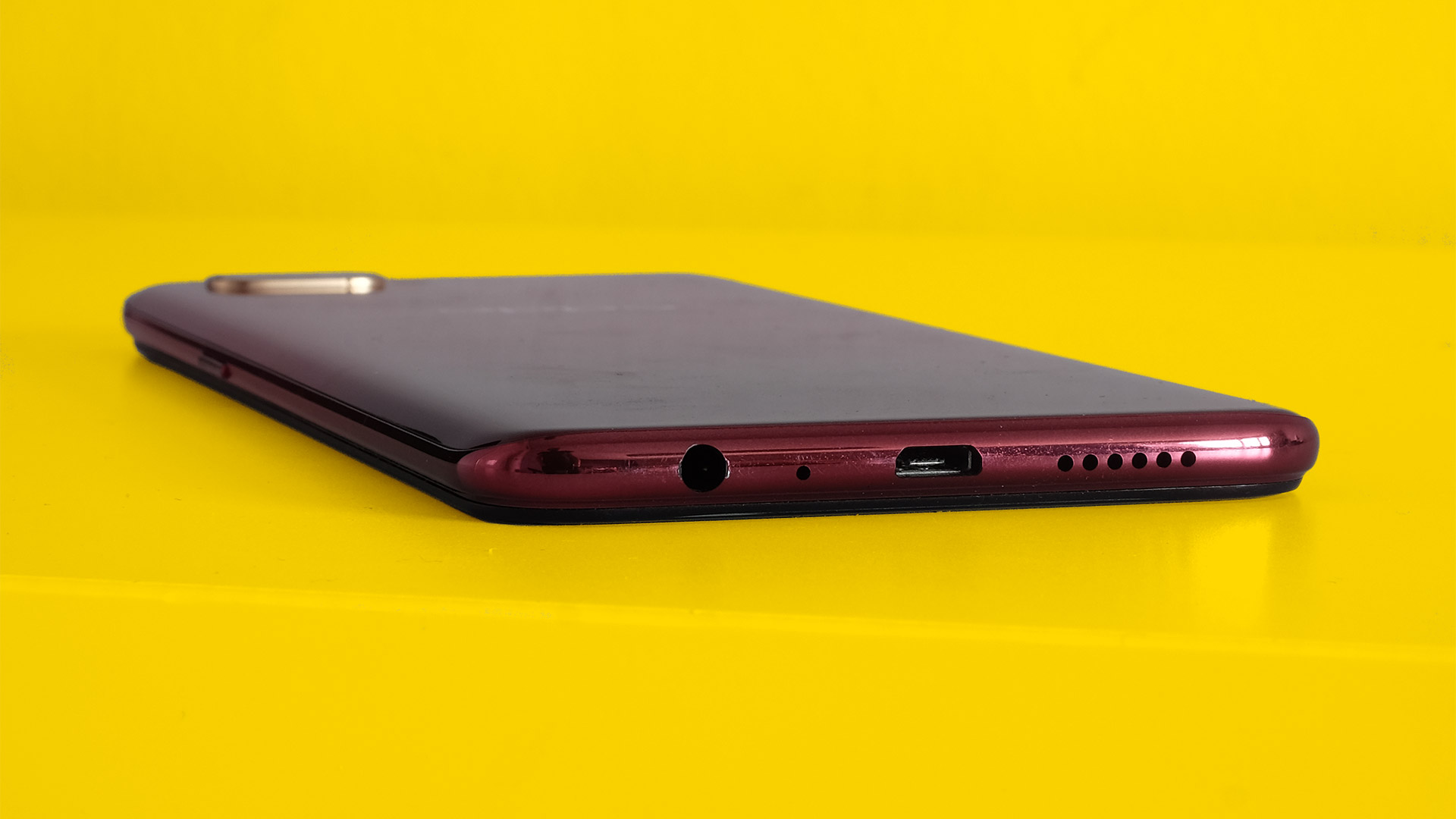
The Oppo RX17 Neo uses the dated microUSB charge connector, and the supplied plug does not offer real fast charging. It outputs the standard 10W of power. There’s no fast-track to 50% charge here, which takes under 30 minutes for some phones.
Oppo’s approach to the power saving mode is silly too.
The best way: prompt you to turn it on when the battery hits perhaps 20%, switch it off automatically when you recharge. Here you get the prompt at 20% and 10%. But it does not turn off when the battery is filled.
And there’s no obvious sign it’s still engaged other than that the Oppo RX17 Neo gets worse. You won’t be able to see the screen clearly on a bright day, and apps will close almost as soon as you leave them. Its more proof Oppo’s software needs more work, or optimization.
Camera
- 16/2MP dual rear camera
- 25MP front camera
- Solid performance
The Oppo RX17 Neo has two rear cameras, and one for selfies. And the setup is typical for a phone of this price.
You may get a dual camera array on the back, but there is no zoomed or wide-angle view. The secondary camera is a basic 2MP sensor used by the Portrait mode, which shoots photos with software-generated background blurring.
There’s no dramatic multi-exposure night mode, no optical image stabilization. And while there’s a ‘2x’ zoom button in the camera app, this is just a digital zoom that switches to a more sharpening-heavy image processing approach.
There’s no real extra information to its images, although we have used the 2x mode frequently as a composition aid, even if it is too slow to engage. Its results are actually pretty convincing in daylight, helped by a fairly high-res 16MP main sensor.
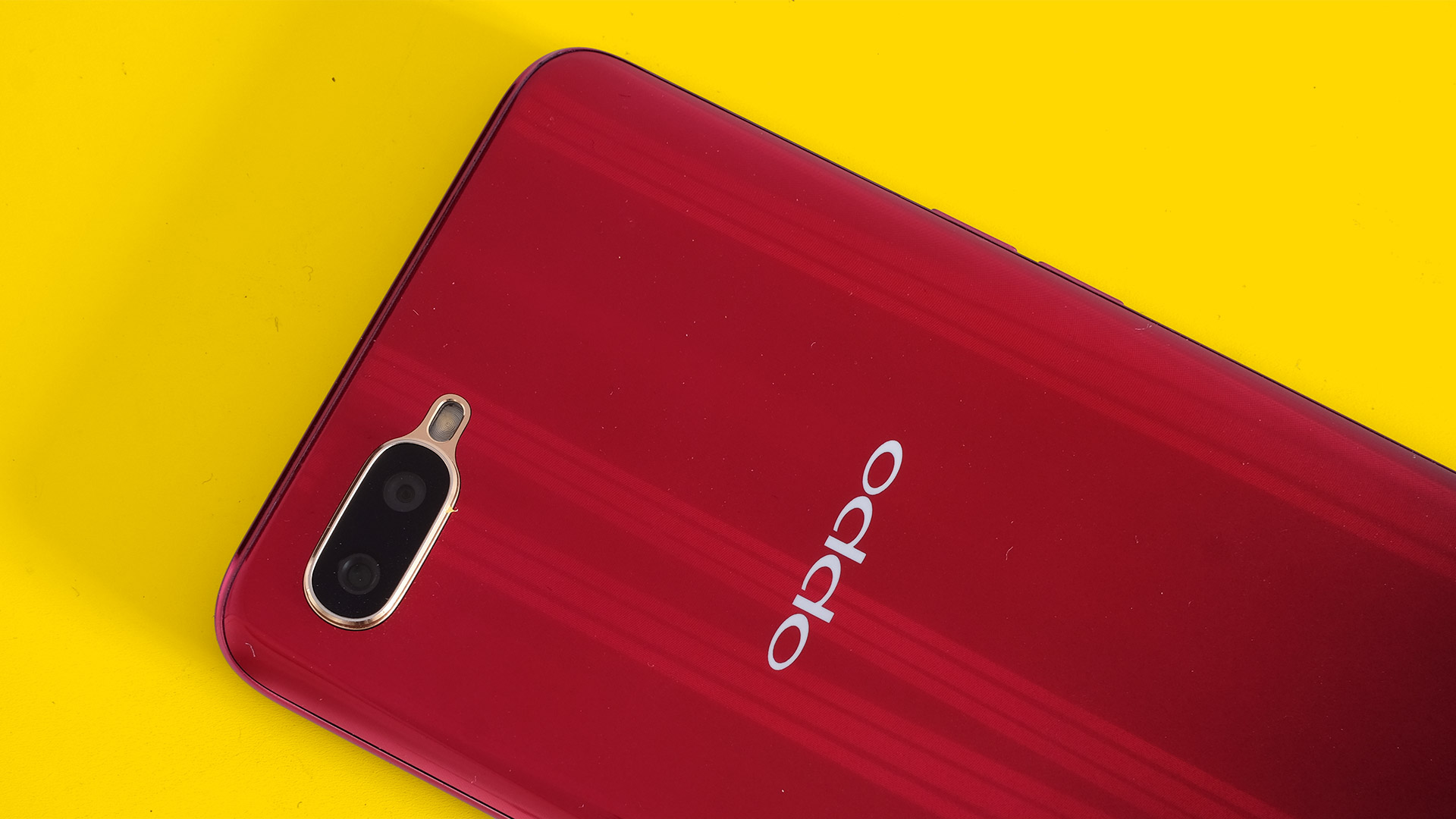
The Oppo RX17 Neo does not have a hugely interesting camera, but it is a respectable one.
In daylight the detail level is very good, and images don’t look too painterly or processed close-up. The Auto HDR often does a wonderful job of bringing out the cloud detail in bright skies while keeping the foreground bright and punchy. You’ll see the odd clipped highlight, but nothing too egregious in a phone of this price.
And, pet TechRadar peeve, colors are shown on the Oppo RX17 Neo's screen more-or-less as they are in the actual file. Some older OLED phones make your photos appear far more vivid on the display than they will appear on your laptop. After transferring them to a color-calibrated MacBook Pro, they look pretty similar. Nice work, Oppo.
The image quality limitations are exactly what we’d expect from a non-stabilized phone camera without huge sensor pixels. At dusk and at night, photos take on a vaguer, less punchy appearance as the dynamic range starts to dip and processing dissolves some fine detail.
Many of our night shots were still perfectly usable, though, and retained some detail like brickwork in buildings.
We’ve also noticed a little more purple color tint in darker tones, in both day and night shots, although you usually have to look quite close to notice it.
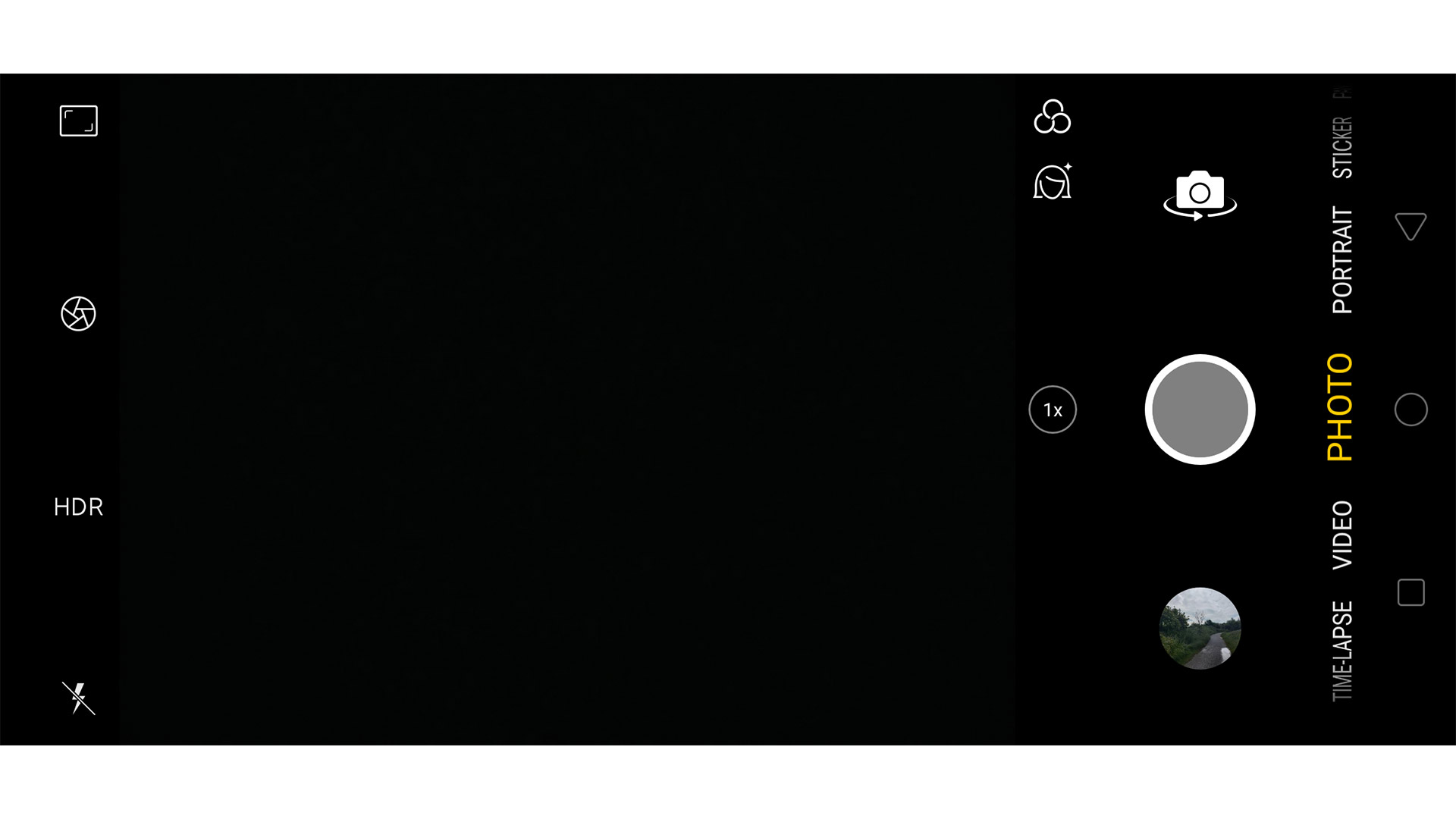
Extra modes are largely conventional. There’s a Pro mode, panorama, a Portrait mode with some associated color filters. And a face-smoothing enhancer that can be used in all kinds of photos, not just selfies.
For video, you can shoot at up to 4K resolution (30fps). But to use stabilization you need to shoot at 1080p or below. Still, we count this as a win: some affordable phones leave out stabilization altogether, which is bone-headed.
The front camera has a 25MP sensor. It is great. You get plenty of detail in good or fair lighting, and it holds on to facial hair detail even in pretty dim rooms. It takes very miserable light for the Oppo RX17 Neo to start to fall over. And even then, it tries its best.

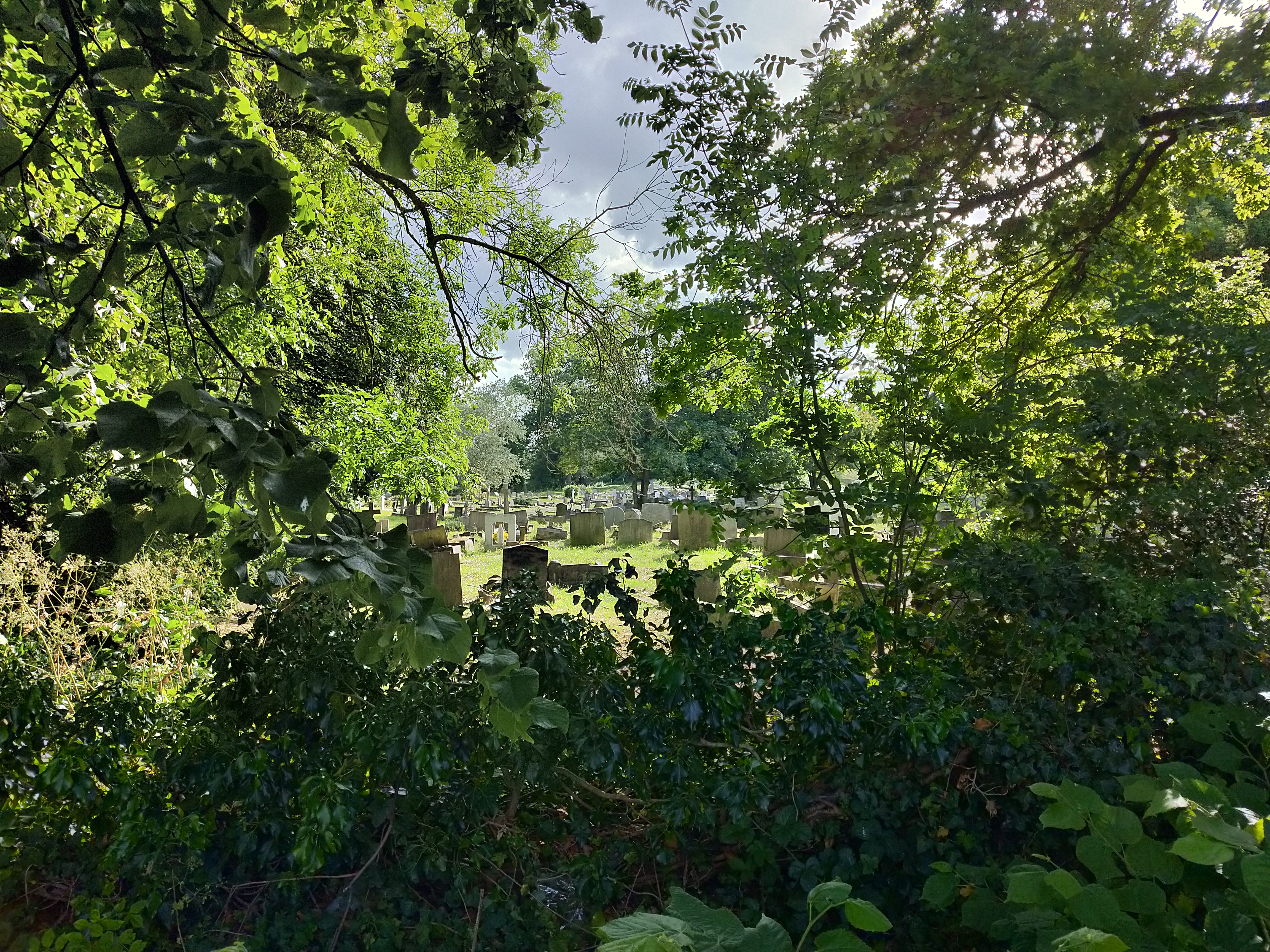

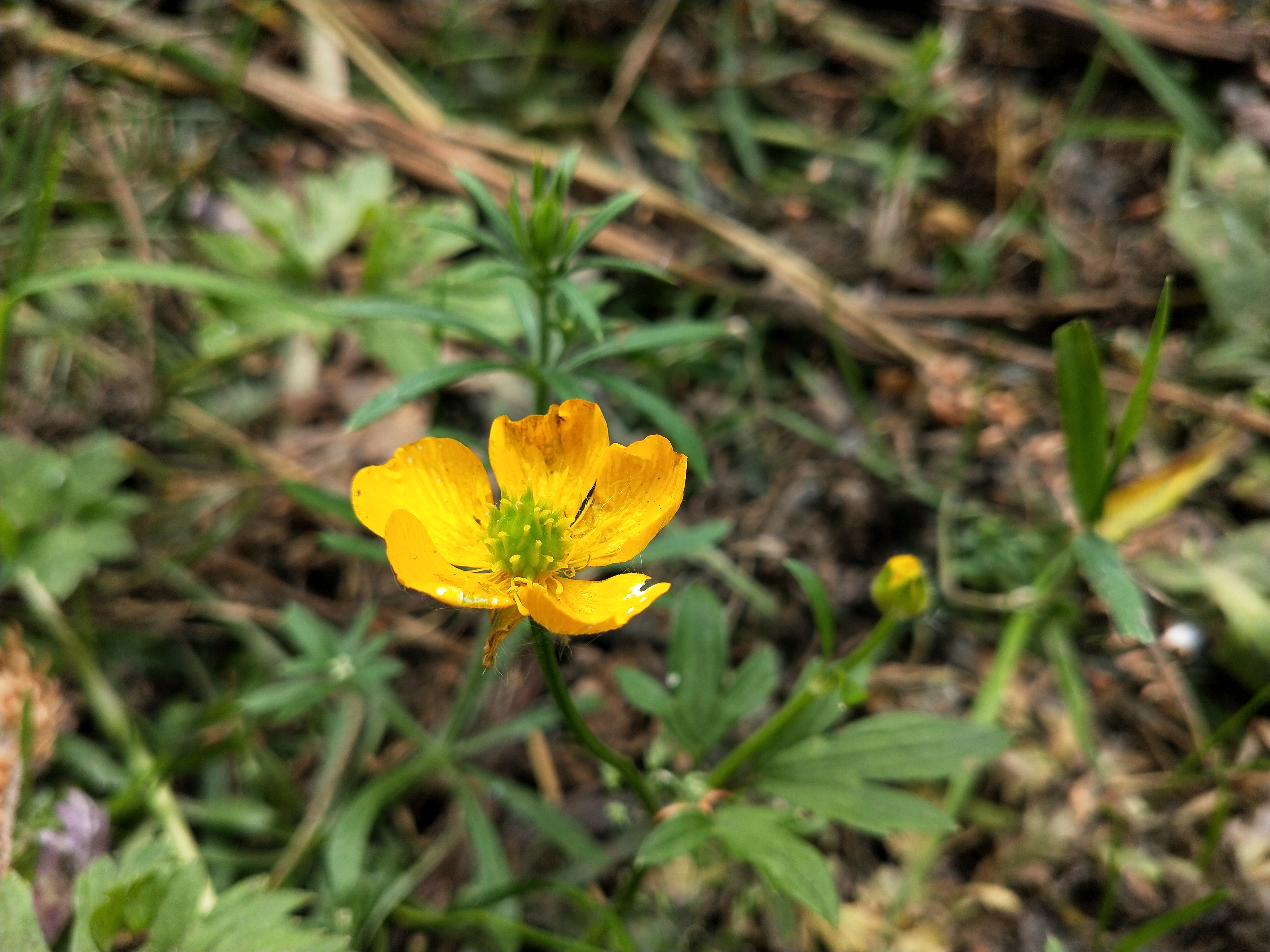






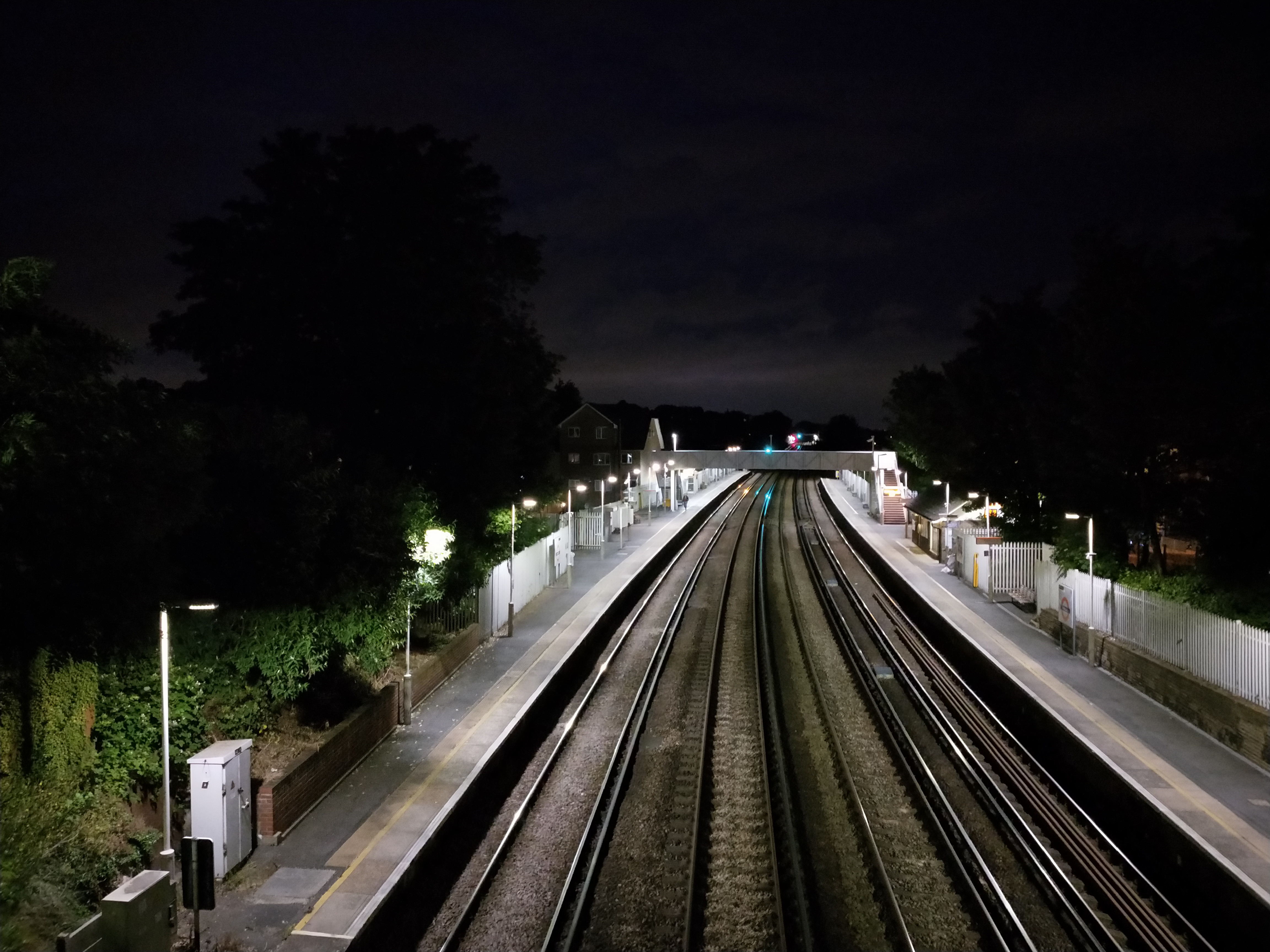



Current page: Battery life and camera
Prev Page Introduction, key features and design Next Page Anything else I should know?Andrew is a freelance journalist and has been writing and editing for some of the UK's top tech and lifestyle publications including TrustedReviews, Stuff, T3, TechRadar, Lifehacker and others.
